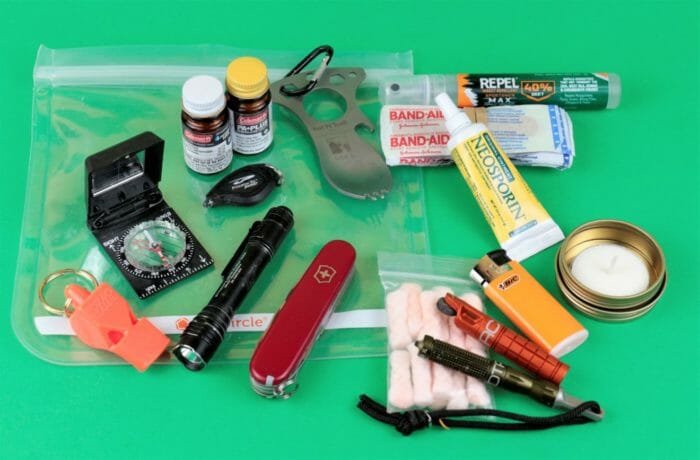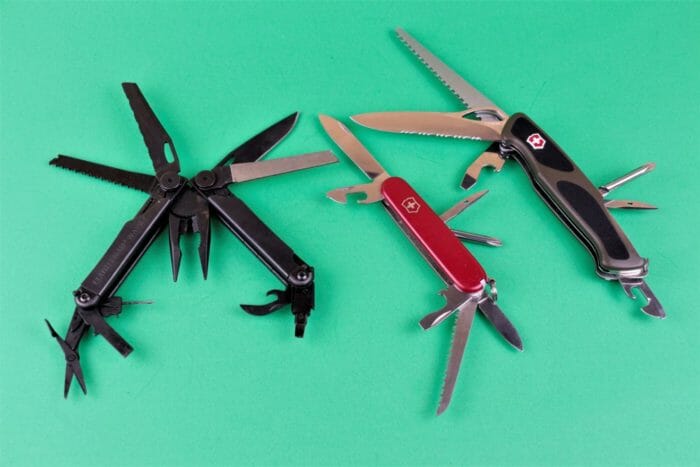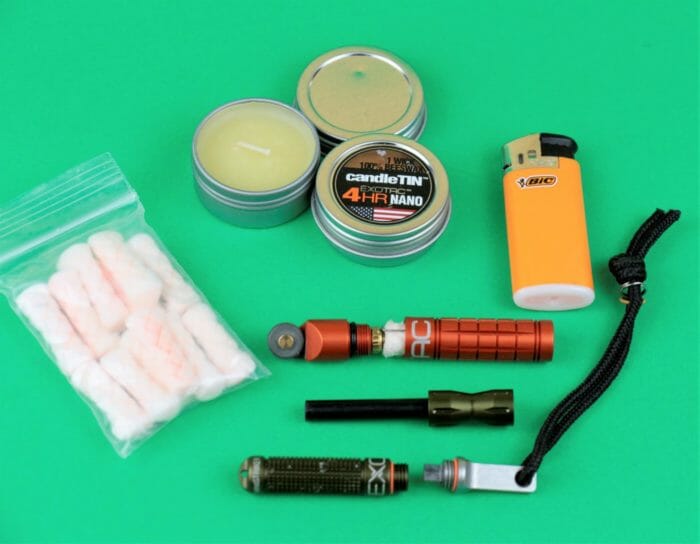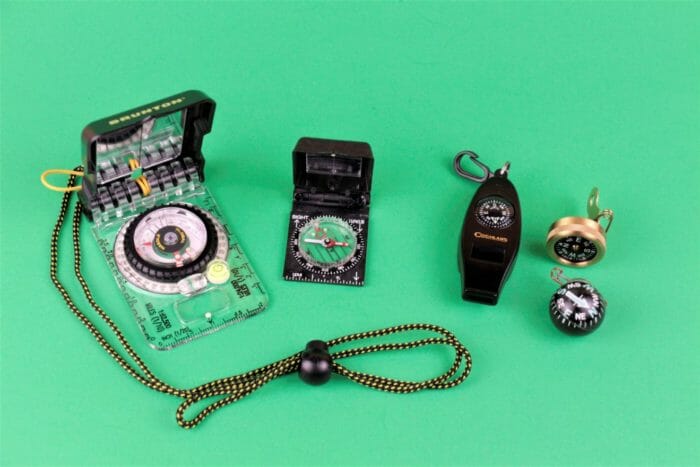You Can Grab And Go With This Pocket Survival Kit
Keeping essential small gear in one place and ready to go is a good idea for any outdoorsman. I’ve found the best way to do that is by assembling a pocket survival kit myself.
Such a pocket kit can fit into a jacket pocket or the cargo pocket of your pants. Or you can take individual items out of the kit and distribute them among several smaller pockets. I’ve chosen gear that I’ve used, gear I trust, to illustrate the idea.
The Gear I Want With Me Always
My pocket kit might not be the only gear I carry. For instance, I almost have a firearm – usually a handgun at least – a water bottle and a steel cup for boiling water and cooking. So, while it doesn’t have everything, the kit does include items I always want with me.
When I stash the kit in my pocket, I know I have the basics covered. I don’t have to hunt around for it in the darkest depths of my closet. I can grab it and go, along with food or whatever else I might need for my day outdoors.
The Container Keeps Gear Together, Dry
My pocket survival kit starts with the container. For this I’ve chosen a Full Circle Ziptuck heavy duty resealable plastic sandwich bag. It’s much thicker and more durable than standard sandwich bags. It’s roughly 8 x 8 inches and you can get two for $7.99.
I wanted a soft-sided container so I could smush it into a pocket more easily. The bag can be repurposed in an emergency to carry more than a quart of water too.
Small, But Useful Tools To Tote
One of the most essential items in my kit is a tool that I can use for repairs or to improvise anything else I might need in a survival situation. In my pocket kit right now is a Victorinox Swiss Army Knife, specifically the Hiker model.
The Hiker model is small, but offers a good selection of tools: two knife blades, screwdrivers, can opener, bottle opener, awl and, most important, a saw blade. And of course there’s the toothpick and tweezers. It is after all a Swiss Army Knife. They have many uses, by the way.
I Insist On Having A Saw Blade On My Knife
The saw blade is important because it gives me the ability to do things with this knife that normally you’d think could only be done with a large knife.
Say I need to cut saplings to build a shelter or assemble a travois for hauling out downed game or an injured companion. I can (and have) used a saw blade on a Swiss Army Knife. In many instances, I expend less energy than I would by chopping or batoning with a large knife.
If I want to go a bit bigger, Victorinox makes the Ranger Grip 178 with a larger, locking blade and with a longer saw. Or I might swap the Swiss Army Knife for a multi-tool such as the Leatherman Wave, which also has a saw blade.
Multiple Ways To Make Fire
I’ve spent more than one night outdoors with minimal gear. As a result, I’m obsessed with always carrying multiple ways of starting a fire. The ability to light a fire can mean the difference between life and death at the extreme and the difference between comfort and misery at the least.
For my pocket survival kit I’ve chosen a small, disposable Bic lighter and two Exotac products: the Nano Striker XL and the Nano Spark. The Nano Striker XL is a small ferro rod with striker.
A key thing about it is that both the rod and striker screw into a protective metal cover. That keeps the ferrocerium rod from decaying or becoming chipped or broken. The cover also screws into the back end to become a handle extension during use.
The Nano Spark is a flint sparker with metal striking wheel. It uses standard, replaceable flints. It can be used one-handed. And it has a waterproof compartment to store a Quicklight tinder tab. I try to use tinder I gather and keep the tinder in the compartment for emergency use.
I have a small plastic bag with additional QuickLIGHT tinder tabs in case I have trouble finding enough dry tinder.
To keep my fire going long enough for damp wood to ignite, I carry a tea light candle in a metal tin where it won’t chip or crumble. Exotac also offers candles in tins. The small size is ideal for a kit such as this.
A Reliable Tool For Finding Your Way
For navigation, my kit contains a reliable compass. The one I carry most often in my kit is an old Brunton model now offered by Silva as the Ranger SL. Silva won’t ship it right to you, but you can get it through retailers, such as here at Amazon.com.
It has a folding protective cover with a sighting mirror inside. The mirror can also be used for signaling or trying to remove debris from your eye. The compass has an integral safety pin so you can attach it to your clothing or pack strap. It has luminescent markings for use at night.
If you opt for a smaller button or bubble compass, make sure you choose one from one of the more reputable companies: Brunton, Silva or Suunto.
If you decide to gamble on a cheap compass, at least try it out in the store first by rotating it several times to see that the needle is floating freely.
One inexpensive model I’ve used is an all-in-one whistle, compass, magnifier and thermometer. It’s sold by Coghlan’s. I have several that I keep attached to zippers and travel bags for use as backups.
Seeing In The Dark
If I end up having to spend the night in the woods unexpectedly, I want to have a small flashlight. In my kit I alternate between the Streamlight ProTac 1AAA and the Streamlight Microstream USB. The first uses a single AAA battery and the second is rechargeable via a micro USB port.
Each is not much bigger than your pinky finger and each as two brightness settings. And each comes with a two-way pocket clip so you can attach it to the brim of a cap for hands-free use.
As a backup, I have a tiny Princeton Tec Pulsar that’s good enough when rummaging around in your pack or trying to get a fire going at night. The updated Pulsar II is even better because it has a constant-on switch so you don’t have to squeeze to keep the light on.
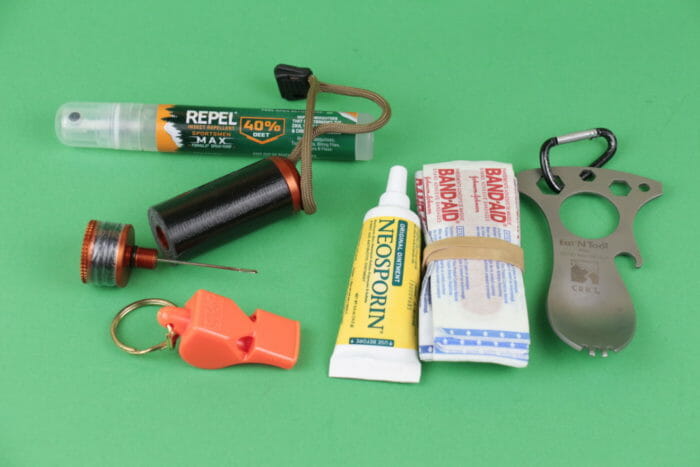
Other Key Items To Include
My pocket survival kit also includes water purification tablets and a small tube of insect repellent.
I’ve included a Fox 40 Classic whistle, Neosporin antibiotic ointment and several adhesive bandages for small cuts and blisters.
Another handy item, especially for repairs is the Exotac RipSPOOL. This small item includes repair tape, multi-use braided line, heavy-duty sewing needle and a tinder zip lanyard.
I’ve also included a CRKT Eat’N Tool, a spork that’s shorter than I’d normally like, but it’s sized right for a small pocket kit. It’s metal too, so I can use if for light prying or digging for fishing bait.
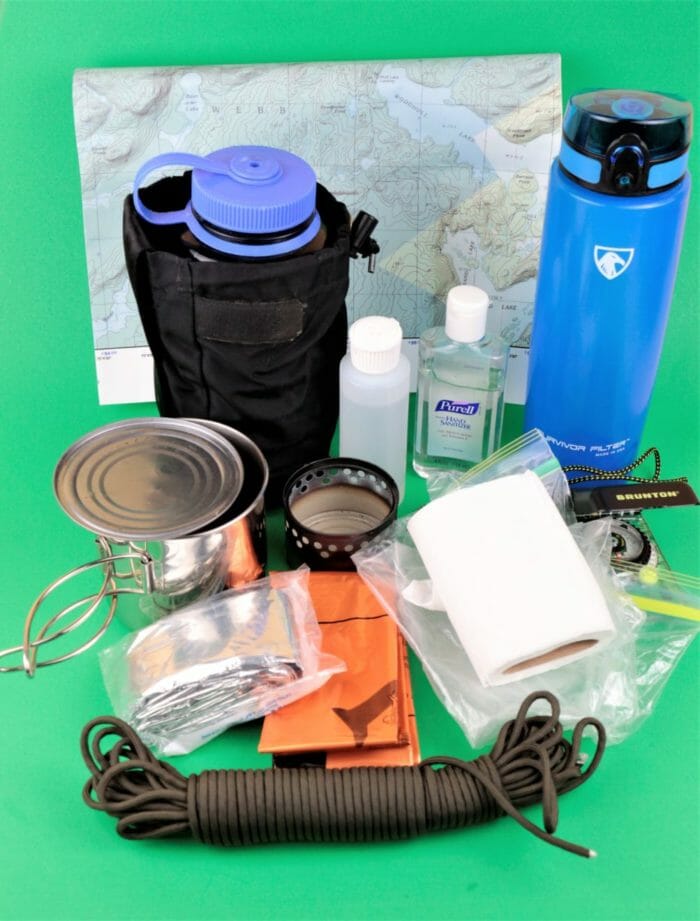
Find A Place For This Kit In Your Pack
Naturally, this pocket kit could be part of your larger equipment lineup. Add this kit to your daypack for hikes and hunts along with water bottle, food and cook pot, alcohol stove, emergency blanket, poncho, paracord and so on.
Knowing I have most of the basics in this pocket-sized kit means I spend less time sorting through and selecting gear before an outing. It also gives me greater confidence in trekking through wilderness areas as I know I’ll be okay if I have to spend a night in the woods.
Steven Paul Barlow is a retired sergeant/station commander and former firearms instructor with the New York State Police. He is an avid hunter, fisherman, and enthusiast with all things related to firearms, knives, and survival. He has been writing on outdoor topics for more than 35 years. His collections of outdoor humor stories are available at BriarHill Books.

